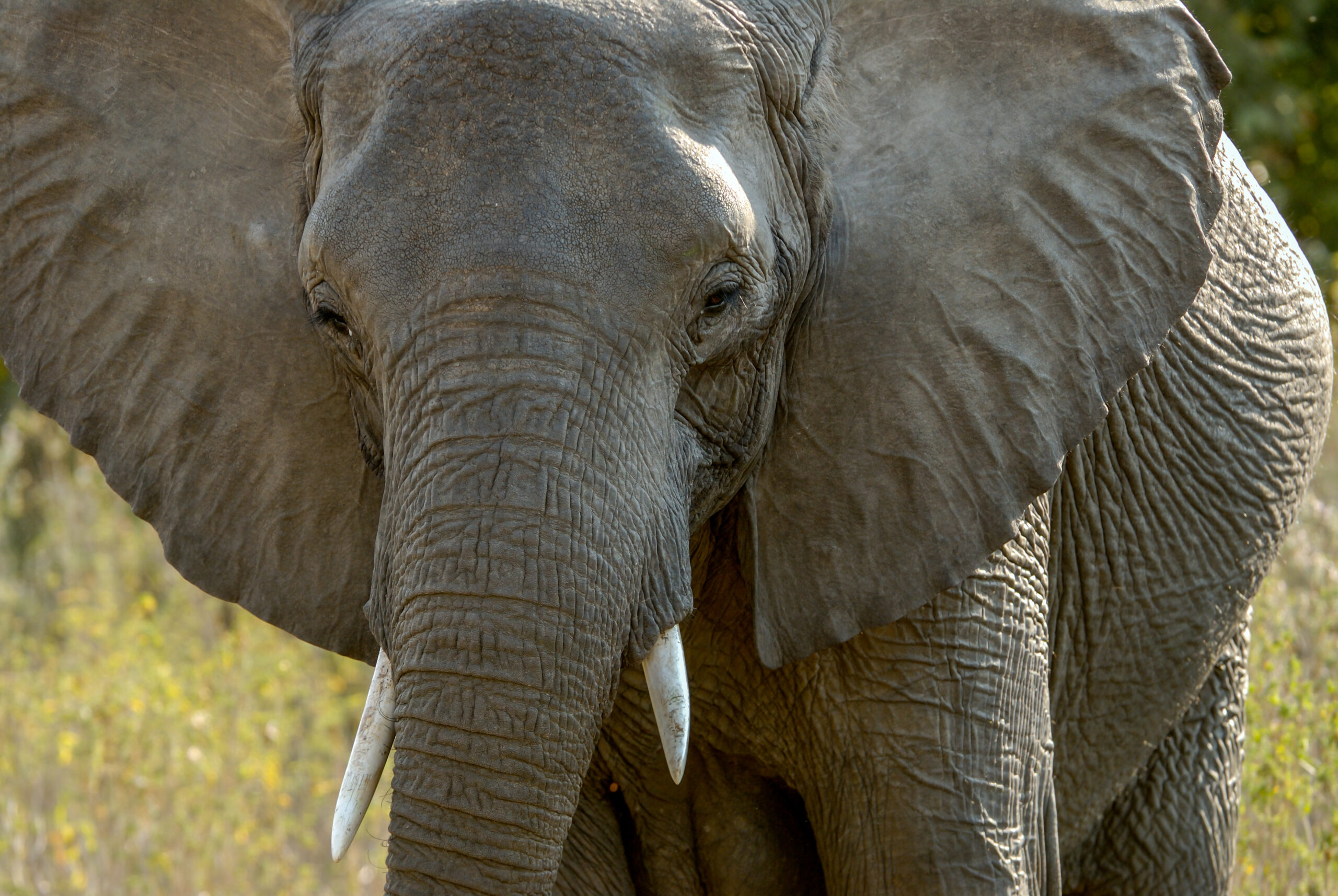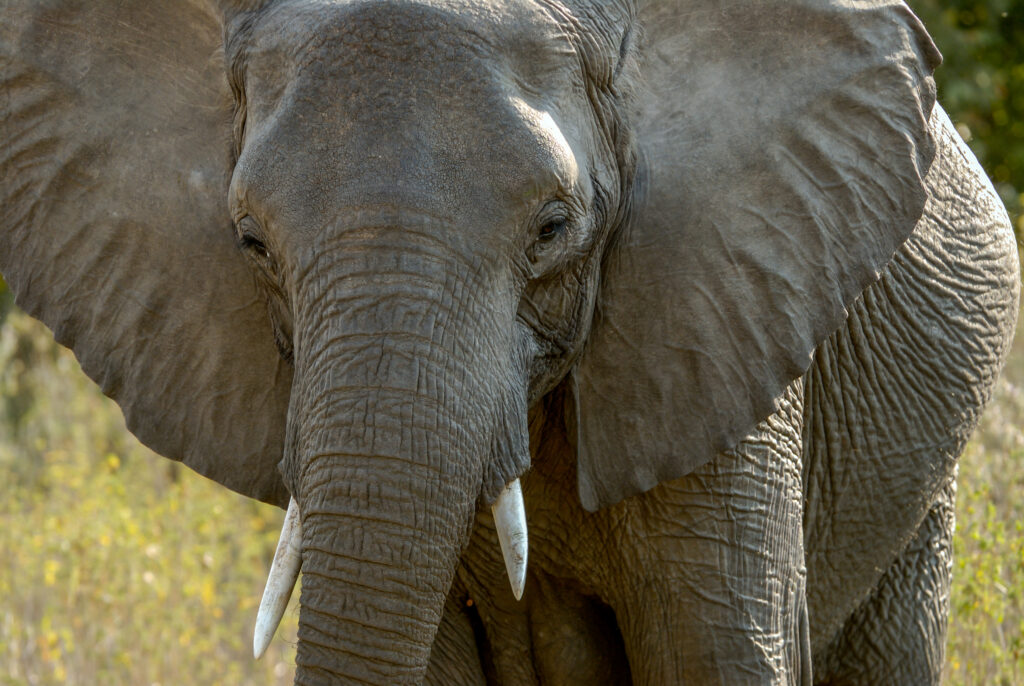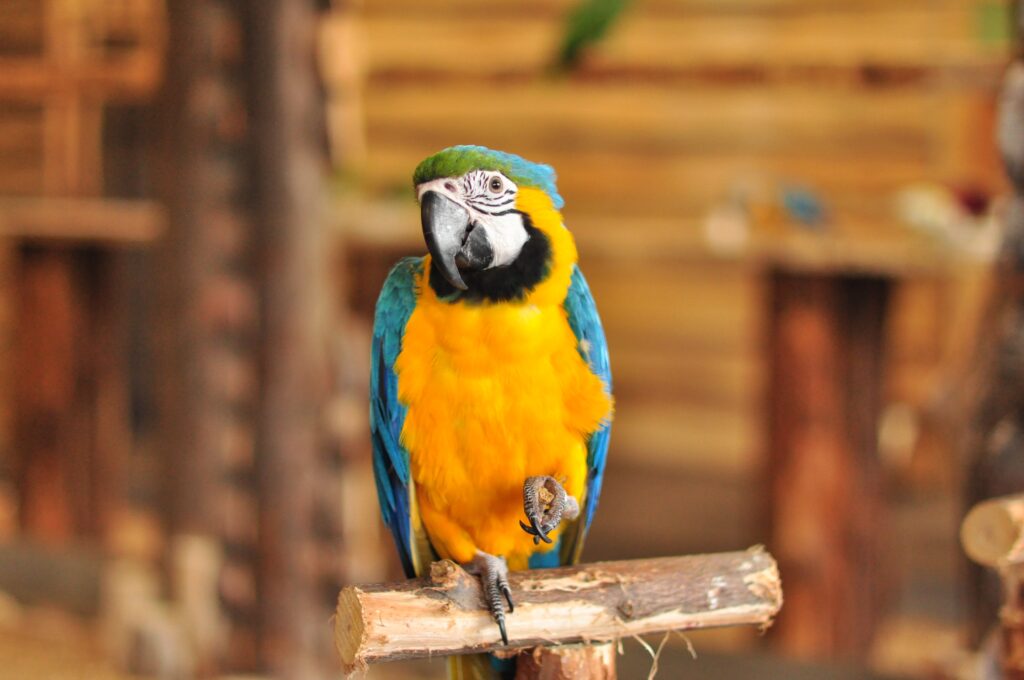
10 Crazy Animal Facts That Sound Fake—But Are 100% True
Nature is an enigma, full of paradoxes and wonders that defy logic. While we often think of humans as the most intelligent and resourceful creatures, the animal kingdom continuously humbles us with its ingenuity, resilience, and sheer strangeness. Some creatures seem to exist outside the boundaries of what we believe to be possible. Here are ten animal facts that challenge our perceptions and invite us to rethink our understanding of life itself.

Outline
- The Immortal Jellyfish (Turritopsis dohrnii)
- Pistol Shrimp: The Ocean’s Gunslinger
- Octopuses Can Edit Their Own Genes
- The Mimicry Mastery of the Lyrebird
- Tardigrades: The Indestructible Micro-Beasts
- Elephants Recognize Themselves in Mirrors
- The Mantis Shrimp Sees Colors We Can’t Even Imagine
- Parrots Can Hold Grudges
- Crows Can Solve Complex Puzzles
- The Axolotl Can Regrow Its Limbs
- Conclusion: What Nature Teaches Us About Life
- FAQs
1. The Immortal Jellyfish (Turritopsis dohrnii)
Imagine never aging, never fearing the decay of time. The immortal jellyfish has unlocked the secret to biological eternity. When faced with danger or physical stress, it reverts to its juvenile form, essentially resetting its life cycle. This defiance of death is not just a scientific marvel; it is a reminder that nature constantly finds ways to adapt and endure. What if we, too, could embrace change and transformation rather than fear the unknown?
2. Pistol Shrimp: The Ocean’s Gunslinger
A shrimp smaller than your finger has a weapon more powerful than a bullet. The pistol shrimp can snap its claw so fast that it generates a shockwave reaching nearly 4,800 degrees Celsius—almost as hot as the sun’s surface. This shockwave stuns or kills prey instantly. This tiny creature proves that strength is not about size but about how effectively we use what we have. In our own lives, we often underestimate our potential, but power is not about stature—it’s about precision and intent.
3. Octopuses Can Edit Their Own Genes
The common octopus is not just an escape artist and problem solver—it is a genetic shape-shifter. Unlike humans, who are bound by the DNA they inherit, octopuses can edit their RNA in real-time, adapting their neural networks to suit different temperatures and environments. Adaptability is intelligence. How often do we wish we could change our past decisions? Perhaps the lesson here is not about erasing mistakes but evolving beyond them.
4. The Mimicry Mastery of the Lyrebird
The lyrebird doesn’t just mimic other birds—it can imitate chainsaws, camera shutters, and even human voices with eerie accuracy. This incredible ability to absorb and replicate sounds is both impressive and unsettling. It reminds us that communication is not just about speaking but about truly listening. The most persuasive people are not those who talk the most but those who understand the world around them deeply.
5. Tardigrades: The Indestructible Micro-Beasts
Tardigrades, or water bears, have survived all five mass extinctions. These microscopic creatures can endure the vacuum of space, extreme radiation, boiling heat, and freezing cold. Their secret? A remarkable ability to enter a suspended animation state, effectively shutting down until conditions improve. Life will always throw obstacles in our way, but resilience is about knowing when to fight and when to wait for the storm to pass.
6. Elephants Recognize Themselves in Mirrors
Self-awareness was once thought to be uniquely human, but elephants recognize themselves in mirrors—a test of higher intelligence and self-perception. They display emotions like grief, joy, and empathy, showing that deep awareness exists beyond our species. If animals can reflect on themselves, perhaps we should, too—examining our motives, habits, and ways of connecting with others.
7. The Mantis Shrimp Sees Colors We Can’t Even Imagine
Humans have three types of color receptors; the mantis shrimp has sixteen. They see colors beyond our comprehension, experiencing a world invisible to us. This begs the question: How much do we fail to perceive in our own lives? Our assumptions and biases blind us to perspectives that exist just outside our limited spectrum. Expanding our awareness can open up a world richer than we ever imagined.
8. Parrots Can Hold Grudges
Parrots are not just mimics; they possess emotional memory. If treated unfairly, a parrot will remember and hold a grudge against the offender. Fairness and justice exist even in the animal world, reinforcing the idea that trust is fragile and respect must be earned. If a parrot can demand fairness, shouldn’t we strive to be just in our own relationships?

9. Crows Can Solve Complex Puzzles
Crows have the problem-solving ability of a seven-year-old human. They use tools, recognize faces, and plan for the future. They are proof that intelligence is not about words or technology but about creativity and adaptability. Intelligence, in any form, should be celebrated—not just in humans, but in all beings.
10. The Axolotl Can Regrow Its Limbs
The axolotl, a salamander with perpetual youth, can regenerate limbs, spinal cords, and even parts of its brain. While humans heal with scars, axolotls heal as if injury never happened. Imagine approaching hardship this way—not merely recovering but restoring ourselves stronger than before.
Conclusion: What Nature Teaches Us About Life
These creatures defy what we consider possible, reminding us that the world is not as rigid as we often believe. They challenge our notions of aging, strength, intelligence, perception, and justice. If animals can survive in space, rewrite their own biology, or demand fairness, then what limitations are truly real?
Perhaps the greatest lesson from the animal kingdom is this: life is more adaptable, mysterious, and resilient than we give it credit for. And so are we.
FAQs
How can a jellyfish be immortal?
The Turritopsis dohrnii jellyfish can revert its cells back to a juvenile state when under stress, effectively resetting its life cycle and avoiding death.
Do animals really have emotions like humans?
Yes, animals like elephants, parrots, and crows have demonstrated self-awareness, empathy, and even the ability to hold grudges, proving that emotions are not exclusive to humans.
Why can’t humans regenerate limbs?
Unlike axolotls, humans form scar tissue instead of regenerating complex structures, but scientists are studying these creatures to unlock potential future regenerative treatments.